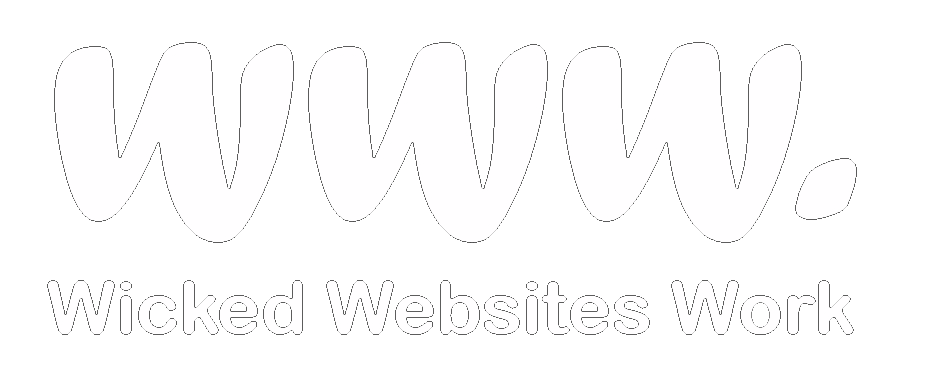I can’t believe that two weeks has already passed since my last blog! We have been so caught up with end of term stuff such as kids’ shows and school-related events, that unfortunately the blog has taken a back seat. However, back to the keyboard…
There have been the usual articles about how to improve website security, Google algorithms and SEO tactics to improve website rankings, which I will discuss in more detail later on, however I will focus the majority of this blog on growing customers with on-line skills.
Growing Customers
One of the main points of any marketing tool (and a website is fundamentally a marketing tool) is to assist the sales process in gaining new customers, keeping existing customers and increasing spend per customer. A well designed website won’t in itself do that – if it did then we could all build them and then sit back and watch the money roll in……if only! Even the best sites need regular maintenance and updates – mainly because all your competitors are in the same position. Also there is no point in having an all singing, all dancing site if no-one knows it exists. You could rely on pure luck and just hope people find you, or you use all the powers of the web and marketing techniques to point people your way.
A really good article in www.wordstream.com highlights many ways in which you can grow your customers by being a little bit diligent with your website. Some of these suggestions are very simple to do, others require a little more IT knowledge.
WikiLeaks
I’m sure I’m not the only one to see the irony that WikiLeaks’ website has been hacked – www.mirror.co.uk. According to the article “Wikileaks has been hacked after the website released the first of thousands of private emails sent by senior members of Turkey’s AKP Party.” This is “…..in response to the purge by the government of President Recep Tayyip Erdogan of the country’s political, military and educational classes following the apparent attempted coup last week.”
SEO rankings
Every Internet Marketeer’s mission is to improve on their SEO rankings. www.99signals.com, pointed out that there are five main tools that we should all be aware of if we want to improve our rankings. These tools can help us understand what keywords users are searching for, how we can optimise the content of our sites for speed of download and user interest, but moreover how we can know what our competitors are doing.
Just as importantly, the Huffington Post produced an article about the essential trends for SEO in 2016. The main one particularly of interest to me was the statement that “Social Content is Clearly Overtaking Traditional Journalism”. This is something of interest for all internet marketeers – users look to social media before most other traditional modes of communication. It is essential that your social media profiles, and messages, are consistent across all platforms – including your website. One thing I would say though is that when I see information on social media, I will always go to a relevant website for clarification of that message – either from the original poster or from a third party.
Building websites as a small business
www.business2community.com is always a really good resource for web-related information and I think last week’s article is of real interest. It gives pointers on factors to consider when building a website if you are a small business. Even if you pay someone to build your site for you – which I heartily recommend – it’s worth going through this process to get the best out of your web developer and ultimately your site.
Keep content fresh
A report on Google’s quality update by www.streetwisejournal.com stated that “News sites were the clear winner of the quality update, leading to a newly refreshed debate over the importance of content freshness.” The article cites examples where sites that continually have fresh content achieve higher rankings than their counterparts. What this means for us all is that regular site updates (such as blogging) really do help our website rankings.
Ad blockers
The Financial Times reported that The New York Times “gave the visitor two options to read the newspaper’s online content: disable their ad-blocking software or pay for a subscription.” This is quite a contentious issue. I do understand that journals and publications need paying for and as such advertising on these sites are a way to receive the necessary funding in order to provide the quality of journalism that they do. I think for me, and many other people, the issue is that some news sites tend to have adverts popping up all the time, so that it negatively affects your enjoyment, and your ability to read the site. Wouldn’t it be nice if it was agreed with all advertisers that adverts strictly stuck to the left hand side of the page, meaning we would all still get them on mobile devices, but that they would be controlled and we could all scroll by if we so wished?
If you would like us to look at any of the above issues for you, then please don’t hesitate to give us a call on 01237 420417 or email us at enquiries@wickedwebsiteswork.com.

